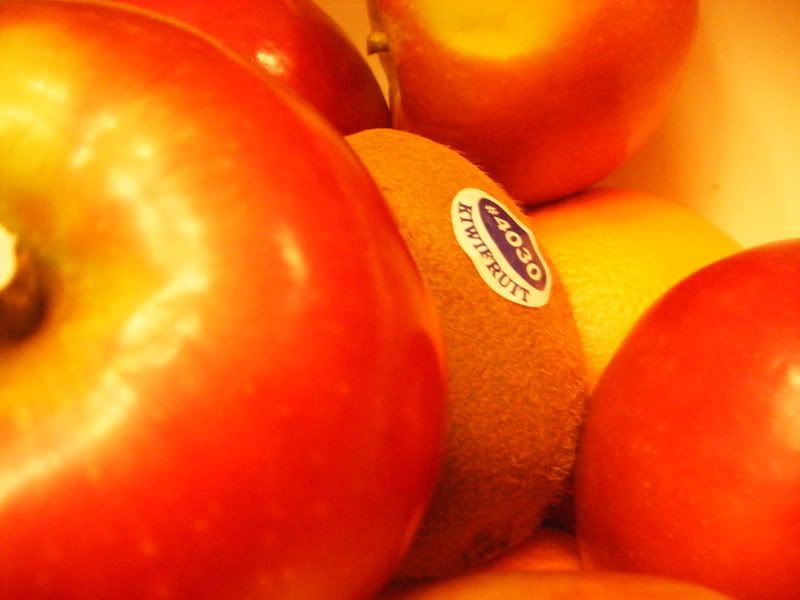 One of the household tasks that is so difficult for me to delegate is food preparation. Mom's always want the tastiest and cleanest food for her family. Although it takes some time to cook and prepare meals, it one task I won't easily leave to the helper to do. In cases I delegate food preparation to a helper I still make sure I check once in a while.
One of the household tasks that is so difficult for me to delegate is food preparation. Mom's always want the tastiest and cleanest food for her family. Although it takes some time to cook and prepare meals, it one task I won't easily leave to the helper to do. In cases I delegate food preparation to a helper I still make sure I check once in a while.Why do I feel strongly about that? Well I'm scared about food contamination and last night I was watching the news and was saddened to hear that a lot of kids were food poisoned from the food they ate in the school canteen. If we practice safe food preparation then we lessen the risk of food-borne diseases.
Here some important safe food preparation practices:
- Keep it clean to avoid cross contamination. Make sure your countertop, kitchen tools and your hands are clean. It's good to use a separate chopping board for meats. Try using glass or acrylic since its easier to clean.
- Store food at proper temperature. Check your refrigerator and freezer temperature. Refrigerator should be at 38F (not exceeding 40F) and freezer should be at 0 degrees
Farenheit. When you are in grocery, get frozen items last.
- Defrost safely. Bacteria multiply rapidly at 40 - 140 degrees Farenheit. The best method to defrost food is in the refrigerator, micrwave or a cold water defrost. Make sure to cook the food immediately.
- Make sure the food is cooked well. A food thermometer will provide valuable help.
- Leftovers should be refrigerated immediately. Don’t leave cooked food at room temperature for more than 2 hours, or for more than 1 hour in hot weather. It is okay to allow food to cool slightly before putting it away so as not to raise the temperature inside the refrigerator to unsafe levels.








0 Comments